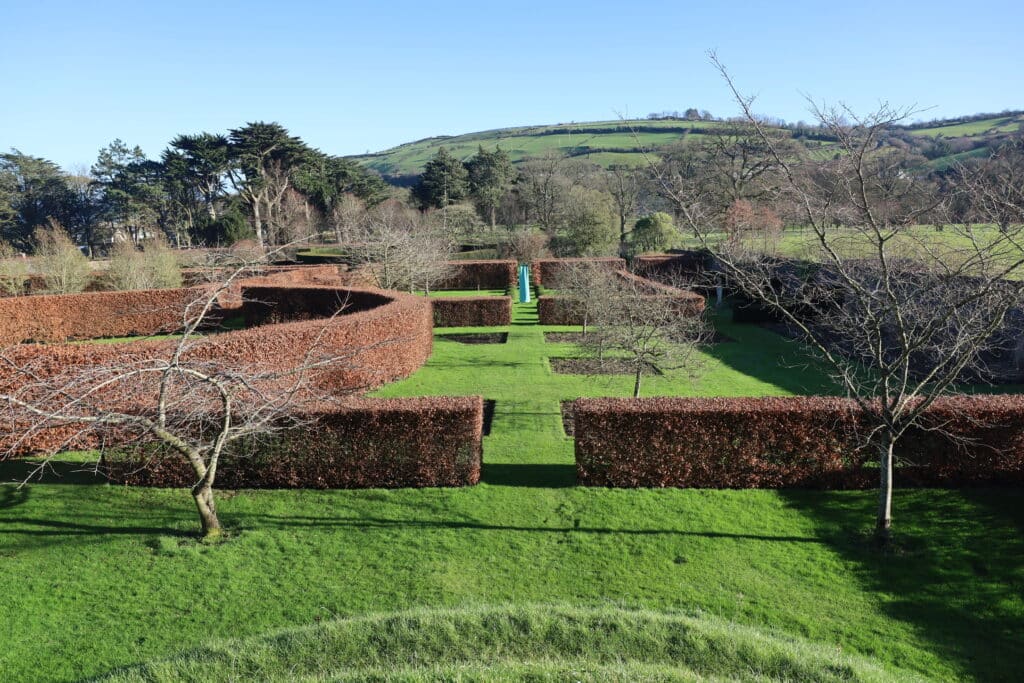The weather has been kind and the ground has dried up a bit in the cold breezes we have enjoyed over the last few days. This has allowed us to make some great strides in progressing our winter projects. One of the most frequently asked questions to gardeners is “What do you do in the winter”?
The gardening year really starts in October, when many of the winter projects are started, with a view to getting everything completed by the end of February. At Glenarm, we have started making a series of new composting bays, so we can manage our garden waste much more efficiently and we have also constructed a new ‘reserve’ border, where we can grow plants which need to be moved in and out of the garden, out of public view. There are many more smaller refinements, such as new shrub borders around the Walled Garden, new hedges and other new planting in addition to the new Woodland Garden. Some of next year’s winter projects are now just at the design stage and several old borders are being renovated and re-designed.
The end of January marks the nadir of the winter cycle in Ireland for most woody plants, the sap is right down. So, it is the perfect time for winter pruning apples, pears and inside, vines. The vines have a fibrous, peeling bark which is easily shaved off with a paint-scraper, taking care to avoid any buds. Under this bark is a smooth, cinnamon coloured new bark layer and every few years, it is a good practice to do this, especially on more mature, established vines where the fibrous bark is a perfect hide out for mites, scale insects and mealy bug. It also helps the stems swell and strengthen.
Pruning vines consists of shortening any laterals to about 2.5cm or an inch to a bud. The vine I pruned was an espalier, but it is more normal to train vines into a guyot (i.e. along a wire): a single stem trained left and right at the eaves of the glasshouse and then rods trained perpendicular to the eaves, reaching up to the ridge vents. These rods were traditionally unpicked from the wires, just under the glass at this time, so that, when the sap does start to rise again at the end of February or early March, the curve of the untied rods, would slow down the rise of the newly flowing sap and this would give an even bud break along the length of the rod. If left in place under the glass, there was a likelihood of a strong terminal tuft of growth and bare lengths of rod with no laterals from which to develop bunches of grapes. Once the arched rods have an even bud-break and they are about 2” long, the rod was replaced under the glass for the season.






